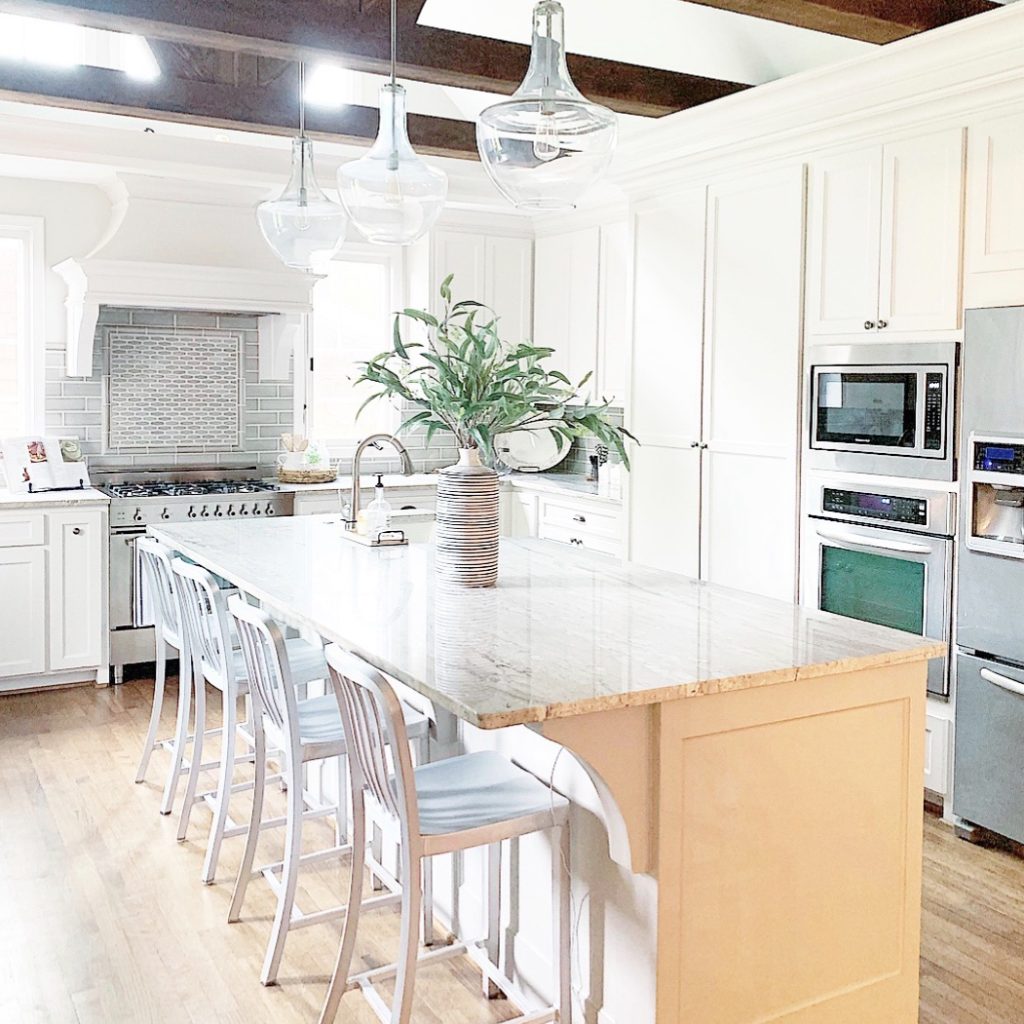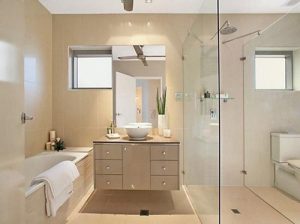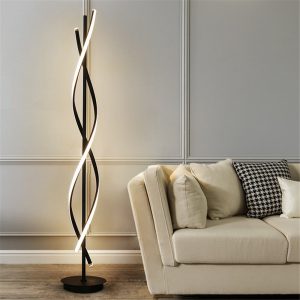Introduction
Sustainable lighting is an essential aspect of green living that has gained popularity in recent years. It involves the use of energy-efficient and eco-friendly lighting products to reduce carbon emissions and minimize the impact of lighting on the environment. One of the most important products in sustainable lighting is green lamps.
What are Green Lamps?
Green lamps are a type of energy-efficient light bulb designed to save energy, reduce electricity bills, and lessen the negative impact on the environment. They are also commonly referred to as LED bulbs, CFLs, or compact fluorescent lamps, and they consume less energy and last longer than incandescent bulbs.
Advantages of Green Lamps
The use of green lamps has numerous advantages, including:
- Energy Efficiency: Green lamps consume less energy, typically up to 80% less than conventional bulbs. This reduces electricity bills and saves on energy costs.
- Versatility: Green lamps can be used for various lighting applications, including homes, offices, and outdoor lighting such as streetlights, traffic lights, and parking lots.
- Durability: Green lamps have a longer lifespan than traditional bulbs, lasting up to 25,000 hours compared to 1,000 hours for traditional bulbs, thereby reducing the need for frequent replacement and disposal.
- Environmentally Friendly: Green lamps are environmentally friendly, emitting fewer greenhouse gases and reducing carbon emissions, acid rain, and ozone depletion.
- Cleaner Light: Green lamps emit a cleaner light that is easier on the eyes and provides better color rendering than traditional bulbs.
- Economically Viable: Green lamps are more economically viable in the long run, despite the initial high investment cost as they have a longer lifespan and consume less energy.
Disadvantages of Green Lamps
Despite their numerous benefits, green lamps are not without their drawbacks, and some of the disadvantages include:
- High Initial Cost: Green lamps tend to be more expensive than traditional bulbs, which can be a significant barrier to adoption for some households and establishments.
- Dimming Issues: Some green lamps have dimming issues or compatibility problems with certain light fixtures, which can compromise their functionality.
- Disposal: Green lamps contain small amounts of mercury, which makes their disposal problematic, as they should not be disposed of in regular waste bins and must be recycled appropriately to prevent environmental contamination.
How to Choose the Right Green Lamps
Choosing the right green lamps for your specific lighting needs requires careful consideration of various factors such as:
- Wattage: Determine the amount of light required for your space, and choose a bulb with the appropriate wattage that meets your needs.
- Brightness: Consider the brightness level required for your space, and choose a bulb with the appropriate lumens that provide adequate lighting.
- Color Temperature: Choose a bulb with the appropriate color temperature that suits your preference and improves the ambiance of your space.
- Compatibility: Ensure that the bulb is compatible with your lighting fixtures and dimmer switches, if necessary, to ensure optimal functionality.
- Energy Efficiency: Check the energy rating of the bulb and choose one with a high-efficiency rating, as this will save energy and reduce electricity bills in the long run.
Green lamps are an essential component of sustainable lighting that offers numerous benefits, including energy efficiency, durability, versatility, and environmental sustainability. Despite their drawbacks, the advantages of green lamps far outweigh the disadvantages, and they offer an affordable and eco-friendly solution to the lighting needs of individuals and establishments. Therefore, choosing to adopt green lamps is a wise and sustainable decision that can benefit both you and the environment.






More Stories
Shedding Light on Modern Kitchen Design: How Innovative Lighting Can Transform Your Space
Tafel LED Lamp op Batterij: The Portable Lighting Solution for Any Space
Lighting Ideas for Your Dazzling Dining Area